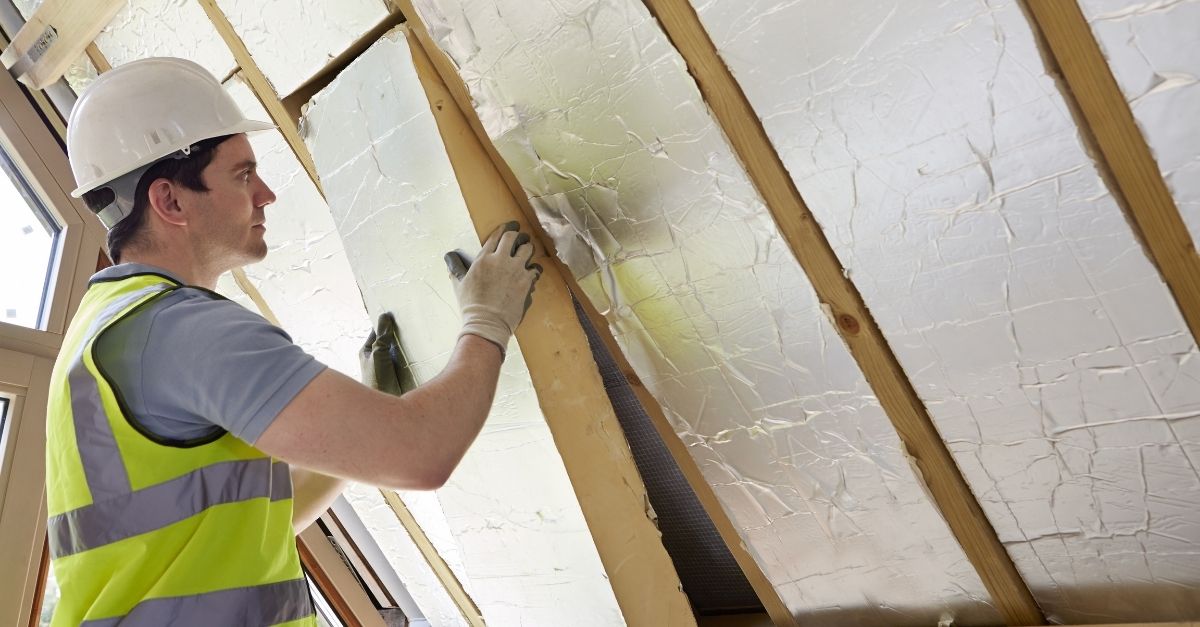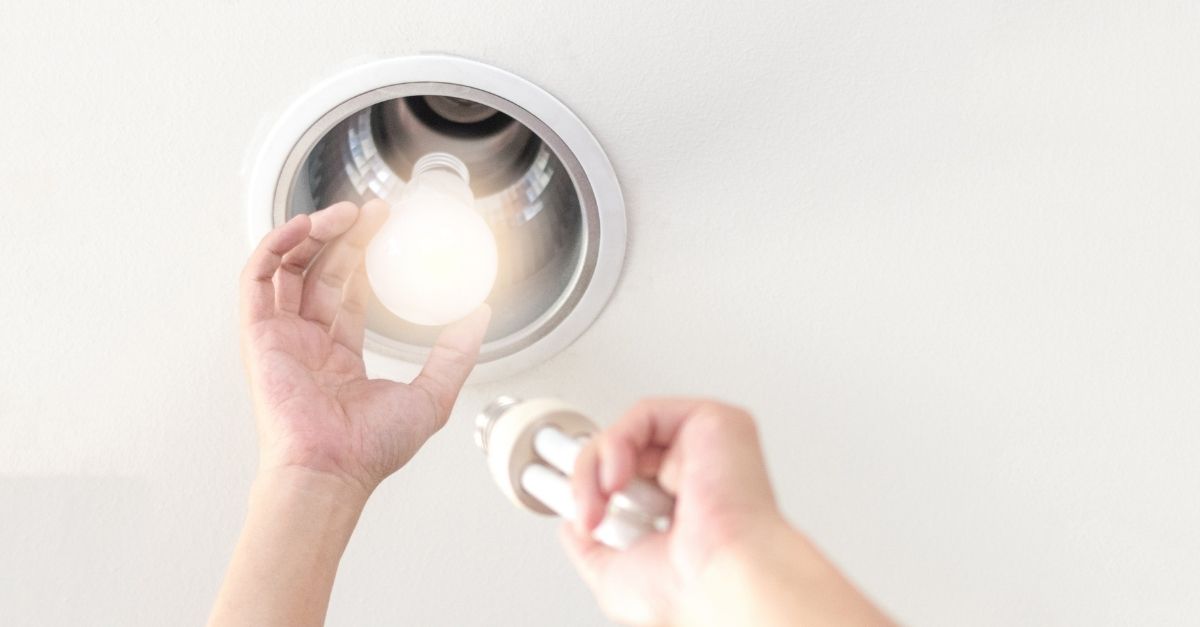Homeowners across the UK are increasingly turning to renewable energy, with solar power becoming a popular choice for meeting their self-consumption needs. When considering whether to install a solar panel system, many homeowners aim to reduce or even eliminate their electricity bills through financial savings. Before diving into recommendations that can boost your self-consumption, it's helpful to understand what self-consumption and grid independence mean. Self-consumption refers to generating your own electricity on-site using solar panels and using it directly to meet your energy needs. It’s a straightforward way to make the most of the clean energy you produce. For example, if your self-consumption rate is 50%, it means you’re using half of the electricity generated by your solar panels. The other half may be sent back to the grid or stored in a battery for later use. So, what happens to the unused portion? If you don’t have a battery, it gets exported to the national grid. You might even get paid for it through the Smart Export Guarantee (SEG) scheme. Self-consumption is often referred to as load-shifting or solar soak—essentially, using your own solar power instead of buying it from an energy supplier. The less energy you draw from the grid, the more independent you become from traditional energy suppliers. This is known as grid independence. Most homes and businesses in the UK rely heavily on the National Grid. But with solar panels, you can significantly reduce this dependency. Grid independence helps you understand how much of your energy needs you can fulfill through your own solar system, rather than relying entirely on external sources. Solar panels allow you to cut down on energy costs while still having access to the grid when necessary. Understanding this concept helps you take control of your energy future. Self-consumption is key because it directly affects how much you save on your energy bills and how close you come to being fully self-sufficient. The higher your self-consumption rate, the less you’ll pay for energy from the grid. This not only saves money but also reduces your carbon footprint by using cleaner, renewable energy. Maximizing self-consumption is a smart financial move, helping your solar investment break even faster. This strategy is explored in detail in one of our previous blog posts. According to research from the University of Oxford, UK households typically consume about 45% of their solar energy, reducing grid usage by around 24%. With the right adjustments, this number can rise to over 35%. If you're looking to maximize your solar output and minimize reliance on the grid, there are several effective strategies to consider. Do you know exactly how much energy your home uses each day? An energy audit can help you track your consumption patterns and identify areas where you can improve efficiency. Installing a smart meter allows you to monitor both your energy production and consumption. This helps you align your energy use with the times when your solar panels are generating the most power. Understanding your peak hours and adjusting your habits accordingly can significantly increase your self-consumption. For instance, try to use more energy during the day when your panels are active. Older homes are often less efficient, leading to higher energy costs and greater environmental impact. Retrofitting your home can make a big difference in long-term savings. Investing in energy-efficient upgrades, such as better insulation or modern heating systems, can lower your overall energy demand and bring it closer to the amount you generate with solar panels. Heating and cooling account for a large portion of household energy use. Proper insulation keeps your home comfortable and reduces the need for excessive energy use. Insulation helps maintain a stable indoor temperature, reducing the strain on your heating and cooling systems. This means more of your energy needs can be met by your solar system. Lighting is usually used in the evening, which means it often runs on grid electricity. Switching to LED bulbs can dramatically reduce your energy use. LEDs are more energy-efficient and last longer than traditional CFLs. They also improve safety and reduce replacement costs over time. Charging devices at night can add up on your electricity bill. Try charging phones, laptops, or electric vehicles during daylight hours when your solar panels are producing energy. This simple habit can significantly cut down on grid electricity use and help you maximize your self-consumption. Many devices continue to draw power even when they’re not in use. This “phantom load†can add up over time. Turn off electronics, TVs, and other devices when they’re not needed. According to the Energy Saving Trust, UK households waste between £50 and £861 annually on standby power. Consider using solar power for garden tools like lawnmowers, hedge trimmers, or even pool pumps. These can be charged during the day and used without relying on grid electricity. Using solar for outdoor activities during peak sunlight hours can help you reduce your overall energy demand and increase self-consumption. The building envelope includes your home’s exterior components like windows, doors, and walls. A well-sealed envelope minimizes heat loss and improves energy efficiency. Fixing gaps, sealing vents, and improving insulation can drastically reduce energy use, especially during colder months. This makes it easier to rely on your solar system for daily needs. A solar battery allows you to store excess energy generated during the day for use at night. This increases your self-consumption and gives you more control over your energy use. According to a survey by Which?, 60% of people who consider a home battery do so to better utilize their solar energy. It’s a great way to enhance your energy independence. HEMS helps you track and manage your energy use efficiently. It can automatically adjust when appliances run to match your solar production schedule. With HEMS, you can optimize your energy use, reduce waste, and maximize the value of your solar investment. Some systems even let you control everything from your smartphone. Switching to an electric vehicle is a big step, but it’s a smart move for the future. Many governments are pushing for a greener transport system. You can charge your EV using your solar panels, reducing both your fuel costs and carbon emissions. It’s a great way to integrate solar into your daily life. While full energy independence may not be achievable, these steps can greatly improve your energy efficiency and move you closer to a sustainable lifestyle. Self-consumption starts small, but every effort brings you one step closer to a fully solar-powered, grid-independent home. Start today and enjoy the benefits of clean, renewable energy. Washbasin Countertop,Oval Washbasin Countertop,Washbasin Countertop Design,Washbasin Countertop White mac group stone pty ltd , http://www.macgroupstone.com.auWhat is Self-Consumption in Relation to Solar Panels?
What is Grid Independence?
Why is Self-Consumption Important for Solar Panel Owners?
How Can You Increase Your Self-Consumption?
11 Ways to Boost Your Self-Consumption
1. Conduct an Energy Audit
2. Improve Home Energy Efficiency
3. Add Insulation to Your Home

4. Switch to LED Lighting

5. Charge Devices During the Day
6. Avoid Standby Power Usage
7. Use Solar for Garden Equipment
8. Strengthen Your Building Envelope
9. Install a Solar Battery Storage System
10. Use a Home Energy Management System (HEMS)
11. Consider an Electric Vehicle